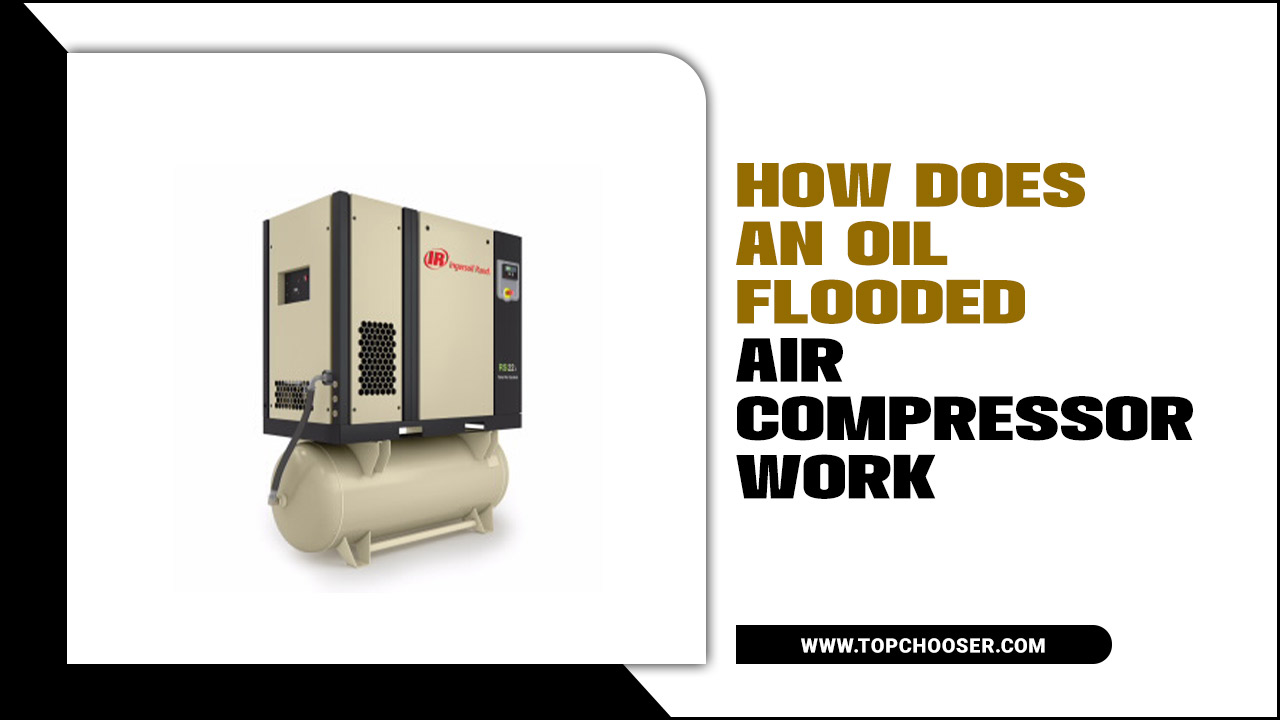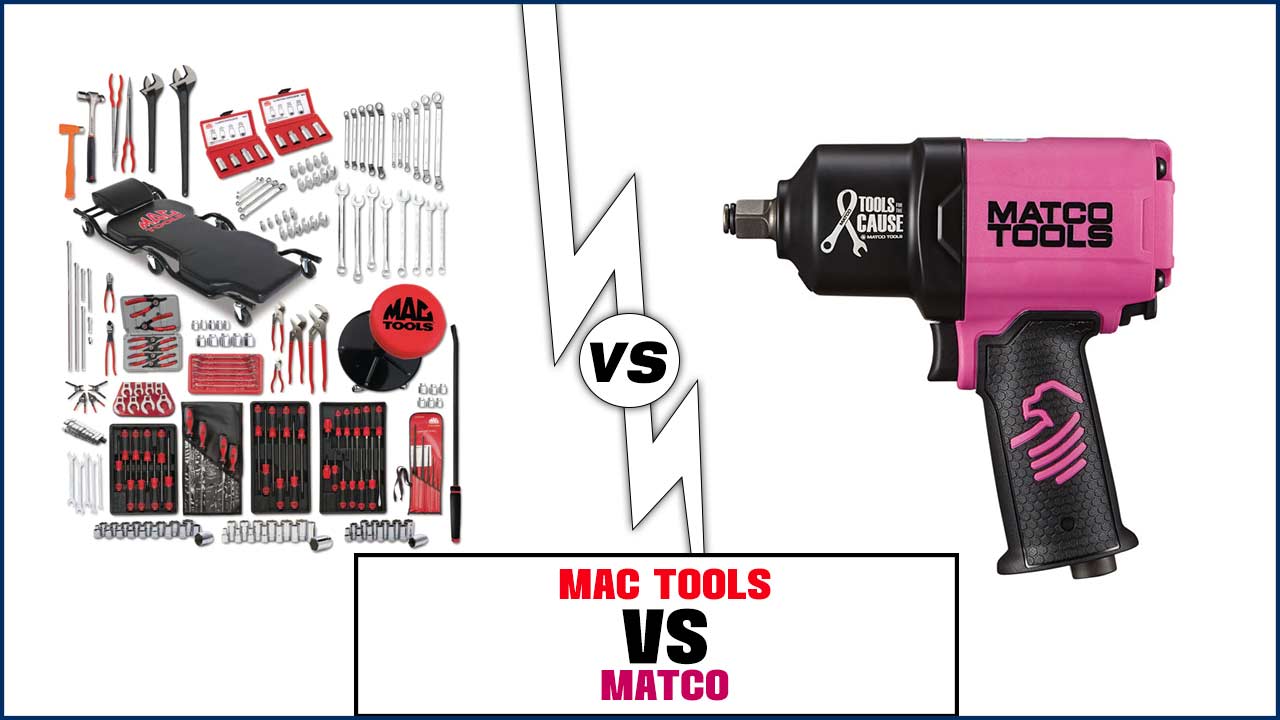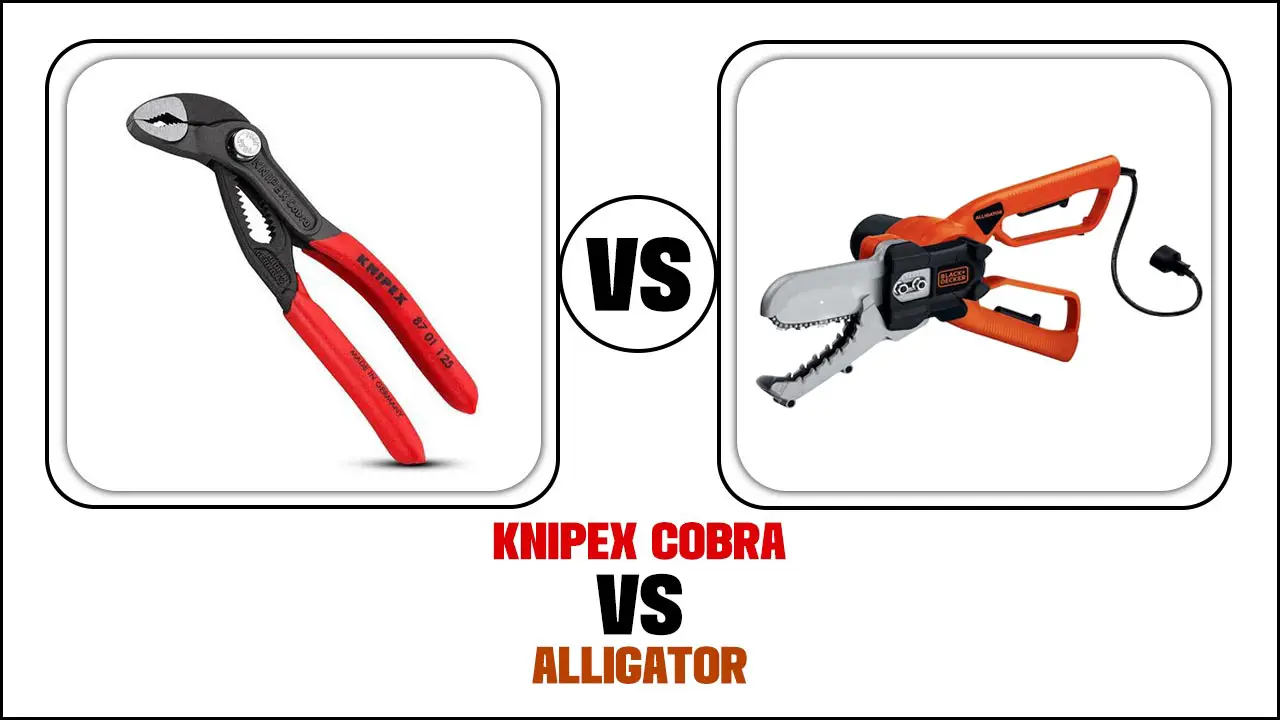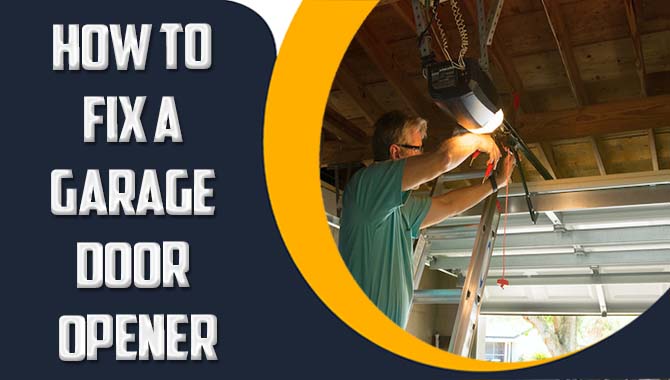Have you ever driven and noticed a tire pressure warning light? It can be a little alarming. You might think, “Do I really have a flat tire?” or “Is my car okay?” So many questions rush to your mind. In fact, this light can pop up for several reasons. It might be low tire pressure, temp changes, or even a sensor glitch. But don’t worry! It’s often easy to fix.
Knowing how to reset the tire pressure warning light can save you a trip to the mechanic. Imagine you’re all set for a road trip, and that light comes on. Wouldn’t it be nice to avoid any surprises? With just a few simple steps, you can turn that light off and feel secure while driving.
In this guide, we will explore how to reset tire pressure warning lights quickly and easily. You’ll discover tips and tricks that can help keep your car in great shape. Let’s dive in and take control of those pesky lights!
How To Reset Tire Pressure Warning Light: A Step-By-Step Guide
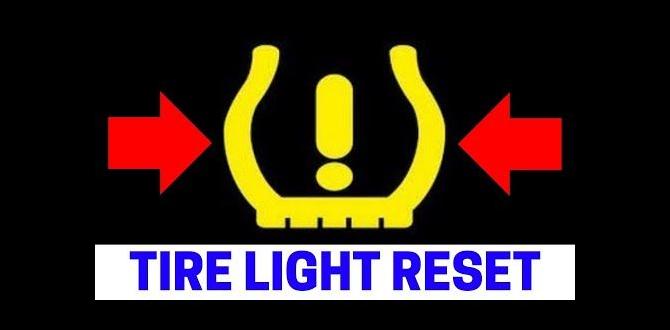
How to Reset Tire Pressure Warning Light
Did you know that a warning light can save your life? Learning how to reset your tire pressure warning light is super important for safe driving. First, check your tire air pressure. If it’s too low, simply inflate your tires. After that, locate your vehicle’s reset button—usually near the steering wheel. Holding this button for a few seconds can clear the warning. Remember, driving with proper tire pressure boosts fuel efficiency and keeps you safe!
Understanding Tire Pressure Monitoring Systems (TPMS)
Explanation of TPMS functionality and importance. Types of TPMS: Direct vs. Indirect.
Tire pressure monitoring systems, or TPMS, help keep our tires safe and sound. They check the air pressure and warn us when it’s low. This is important because under-inflated tires can lead to accidents or poor fuel economy. There are two main types of TPMS: direct and indirect. Direct TPMS measures the actual tire pressure with sensors, while Indirect TPMS uses the vehicle’s ABS system to estimate pressure by measuring wheel speed. Who knew keeping tires happy could be so technical?
| TPMS Type | Description |
|---|---|
| Direct TPMS | Uses sensors in each tire to measure air pressure directly. |
| Indirect TPMS | Estimates tire pressure through wheel speed sensors in the ABS. |
Common Reasons for Tire Pressure Warning Light Activation
Low tire pressure due to weather changes or leaks. Malfunctioning TPMS sensors or system issues.
The tire pressure warning light can turn on for various reasons. Common causes include:
- Low tire pressure due to cold weather or air leaks. As temperatures drop, air in tires contracts, lowering pressure.
- Malfunctioning TPMS sensors may give false readings. Sometimes, the entire system can have issues, causing the warning light to show up incorrectly.
It’s essential to check your tires regularly. Taking care of them keeps you safe on the road.
Why does my tire pressure warning light stay on?
If it stays on, check the tire pressure and ensure it’s at the right level. Sometimes, flawed sensors might need a reset or replacement.
Preliminary Steps Before Resetting the Warning Light
Checking tire pressure and inflating tires to recommended levels. Inspecting for visible damage or leaks in tires.
Before you reset the tire pressure warning light, check your tire pressure. Make sure each tire has the correct air level. You can find this info on the driver’s door or in your car’s manual. Next, look at the tires for any visible damage or leaks. Cracks or punctures can cause problems. Regular checks keep your tires safe and your ride smooth. Always be careful!
How do I check tire pressure?
To check tire pressure, use a tire pressure gauge. Push it on the valve stem of your tire. Read the number and compare it to the recommended level.
Steps to inspect for damage:
- Look for cracks or bubbles on the tire.
- Feel for air leaks by running your hand along the tire.
- Check the tread depth for wear.
How to Reset the Tire Pressure Warning Light: Step-by-Step Guide
Instructions for manual reset using vehicle controls. Procedures for specific car models and brands.
If your tire pressure warning light is glowing like a holiday decoration, don’t panic! First, locate the vehicle controls, usually found on the dashboard or steering wheel. Press the button or switch that resets the light. For specific car brands, check the manual or use the table below for help. Remember, different models have unique reset methods, like charming your car a bit. Who knew tires could be so picky?
| Car Brand | Reset Method |
|---|---|
| Honda | Press and hold the tire pressure reset button until the light blinks. |
| Toyota | Turn the ignition on, press and hold the reset button until you hear a beep. |
| Ford | Use the menu on the dashboard to select ‘Settings’ then ‘Tire Pressure,’ and reset from there. |
So, roll up your sleeves and give it a go! With a little patience, your tires will be happy again, and so will your dashboard!
Using an OBD-II Scanner to Reset TPMS Warning Light
How to connect an OBDII scanner to your vehicle. Stepbystep process to reset the warning light using the scanner.
To begin the reset, grab your trusty OBDII scanner. First, plug it into your car’s OBDII port, usually located under the dashboard. Turn on your vehicle without starting the engine. Then, power up the scanner and let it connect. Don’t worry; it’s not trying to chat with aliens!
Follow these easy steps in your scanner:
| Step | Action |
|---|---|
| 1 | Select “TPMS Reset” or similar option. |
| 2 | Follow prompts to confirm the reset. |
| 3 | Turn off the vehicle and unplug the scanner. |
Lastly, start your car and check if the warning light is gone. If not, don’t fret! It might just be playing hide and seek. Happy driving!
When to Seek Professional Help
Signs that indicate underlying issues beyond tire pressure. Importance of professional diagnostics for persistent warning lights.
Some signs show it’s time to call a professional. If your tire pressure warning light stays on after you reset it, there may be a deeper problem. Look for these signs:
- Fluctuating tire pressure
- Uneven tire wear
- Strange noises while driving
Getting a professional diagnosis helps find hidden issues. Timely help can prevent accidents and save money.
When should I call a mechanic for tire pressure issues?
If your tire pressure warning light won’t turn off, it’s best to seek help from a mechanic. They can check for problems like air leaks or sensor issues. Don’t ignore it!
Maintaining Proper Tire Pressure: Tips and Best Practices
Regular tire pressure checks and maintenance schedule. Benefits of maintaining optimal tire pressure for safety and fuel efficiency.
Checking your tire pressure is as important as brushing your teeth—skip it, and things get messy! Make it a habit to check your tire pressure monthly. This simple routine can keep you safe and save gas money. Keeping those tires at the right pressure can improve fuel efficiency by up to 3%. Talk about a win-win! Here’s a quick table for your tire maintenance:
| Action | Frequency |
|---|---|
| Check Tire Pressure | Monthly |
| Rotate Tires | Every 5,000-7,500 Miles |
| Inspect Tires for Damage | Every 6 Months |
Maintaining optimal tire pressure keeps your car safer and helps your wallet. Remember, a happy tire means a happy car!
Conclusion
In conclusion, resetting your tire pressure warning light is simple. First, check your tire pressure and inflate as needed. Next, look for the reset button in your car. Follow your owner’s manual for specific steps. Once you do this, the light should turn off. For more help, explore resources online or ask a mechanic. Keep your tires healthy and safe!
FAQs
What Steps Should I Follow To Reset The Tire Pressure Warning Light On My Dashboard?
To reset the tire pressure warning light, first check your tire pressure with a gauge. Make sure all your tires are properly inflated. Next, turn on your car and look for the reset button, often near the steering wheel. Press and hold this button until the light turns off. Finally, drive your car for a few minutes to ensure the light stays off.
Is It Necessary To Adjust The Tire Pressure Before Resetting The Warning Light?
Yes, you should adjust the tire pressure before resetting the warning light. This makes sure the tires are at the right level. If you don’t fix the pressure first, the light might come back on. It’s important to keep your tires safe to drive. So, check your tire pressure first, then reset the light!
How Can I Determine If The Tire Pressure Warning Light Is Malfunctioning Or If There’S An Actual Issue With The Tires?
First, check your tire pressure with a tire gauge. You can find the correct pressure in your car manual or on the door. If the pressure is fine but the light stays on, it might be broken. If the pressure is low, fill the tires and see if the light goes off. If it doesn’t, ask an adult for help.
Are There Specific Procedures For Different Makes And Models Of Vehicles When Resetting The Tire Pressure Warning Light?
Yes, different cars have their own ways to reset the tire pressure warning light. This means you might need to follow special steps for your car. Usually, you can find these steps in the car’s manual. If you’re not sure, ask an adult for help!
What Tools Or Equipment Do I Need In Order To Reset The Tire Pressure Warning Light Effectively?
To reset the tire pressure warning light, you need a tire pressure gauge. This tool helps you check the air in your tires. You may also need a pump to add air if the tires are low. Finally, check your car’s manual for special reset steps. These tools will help you fix the warning light!

